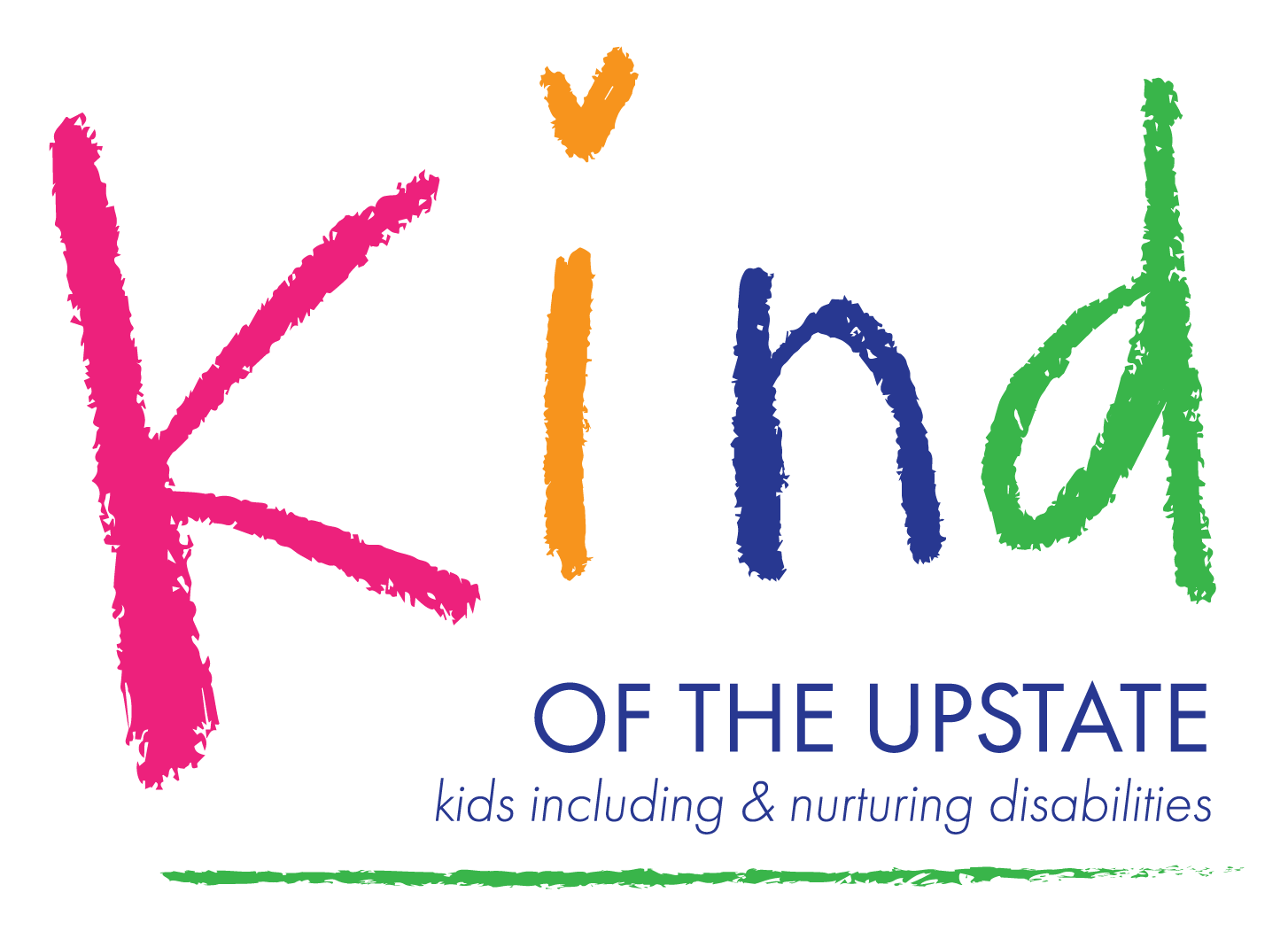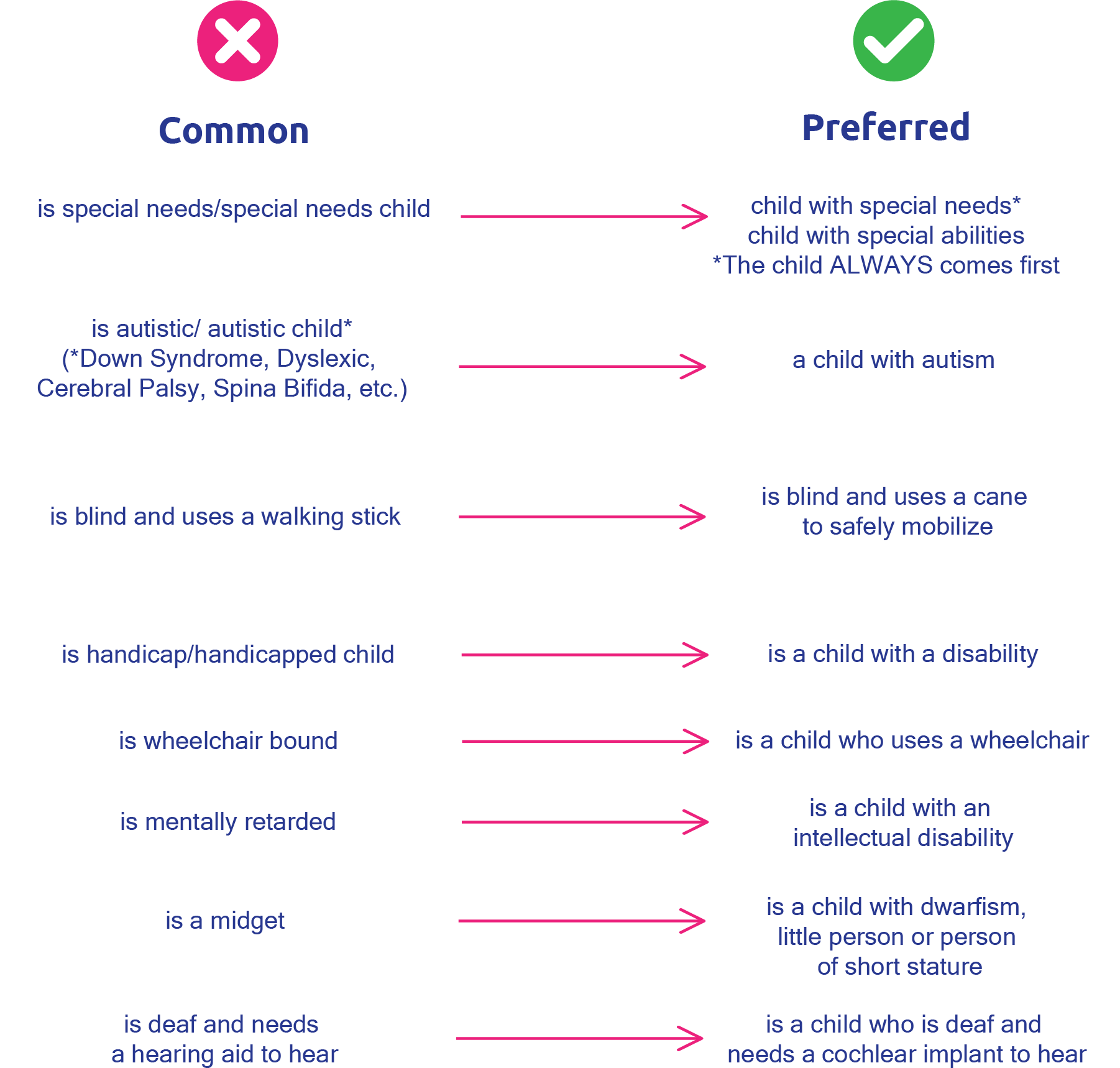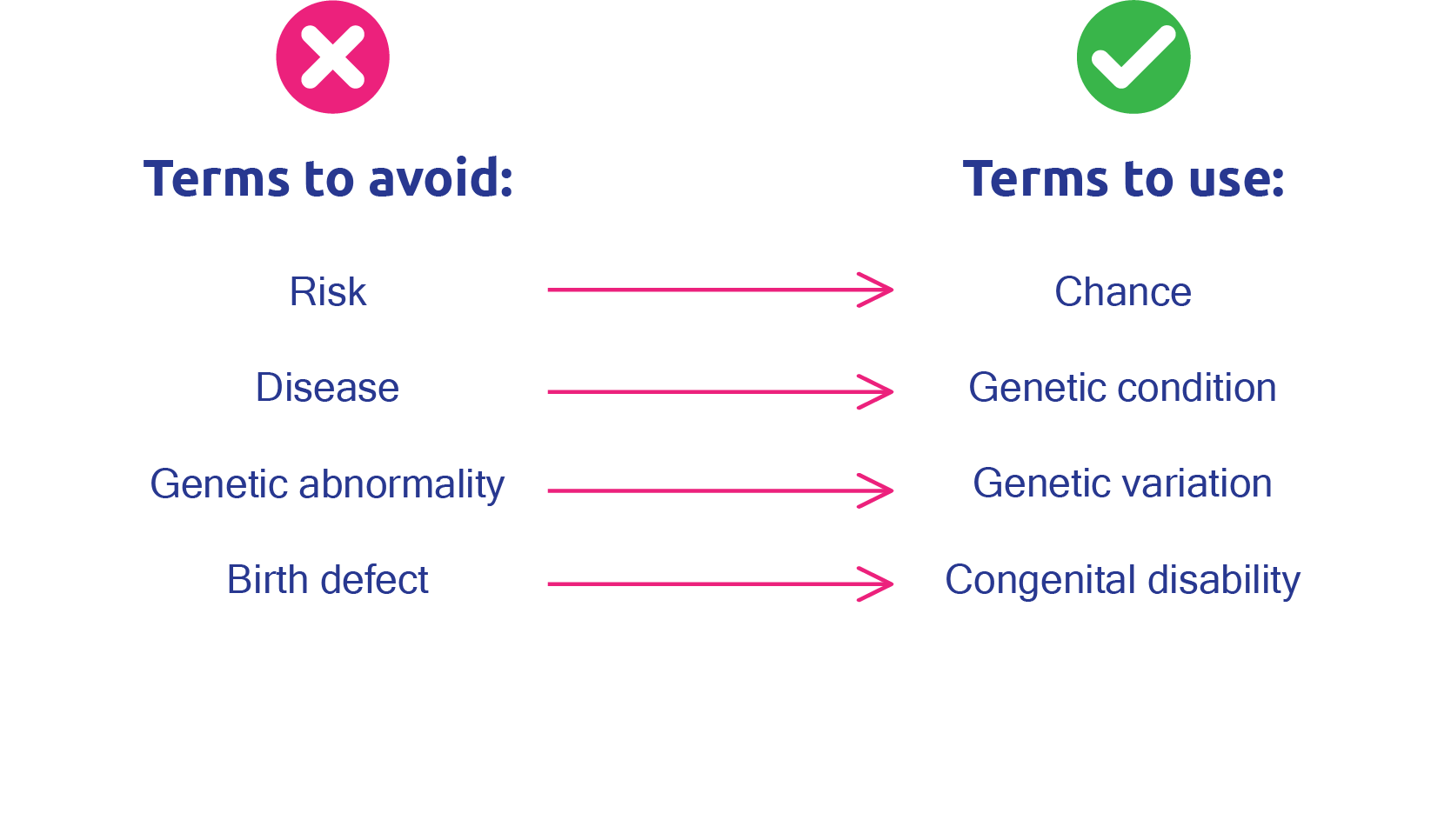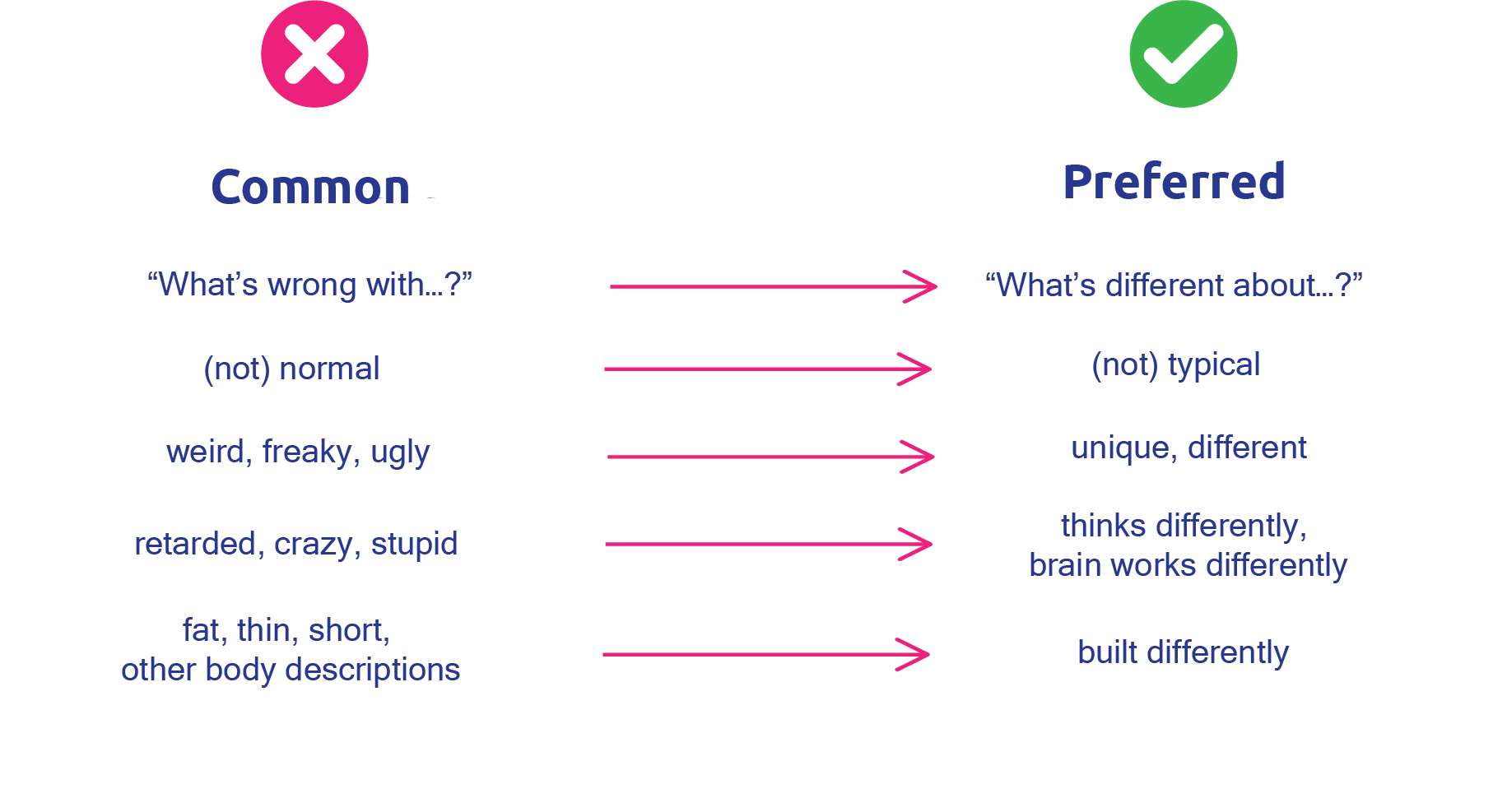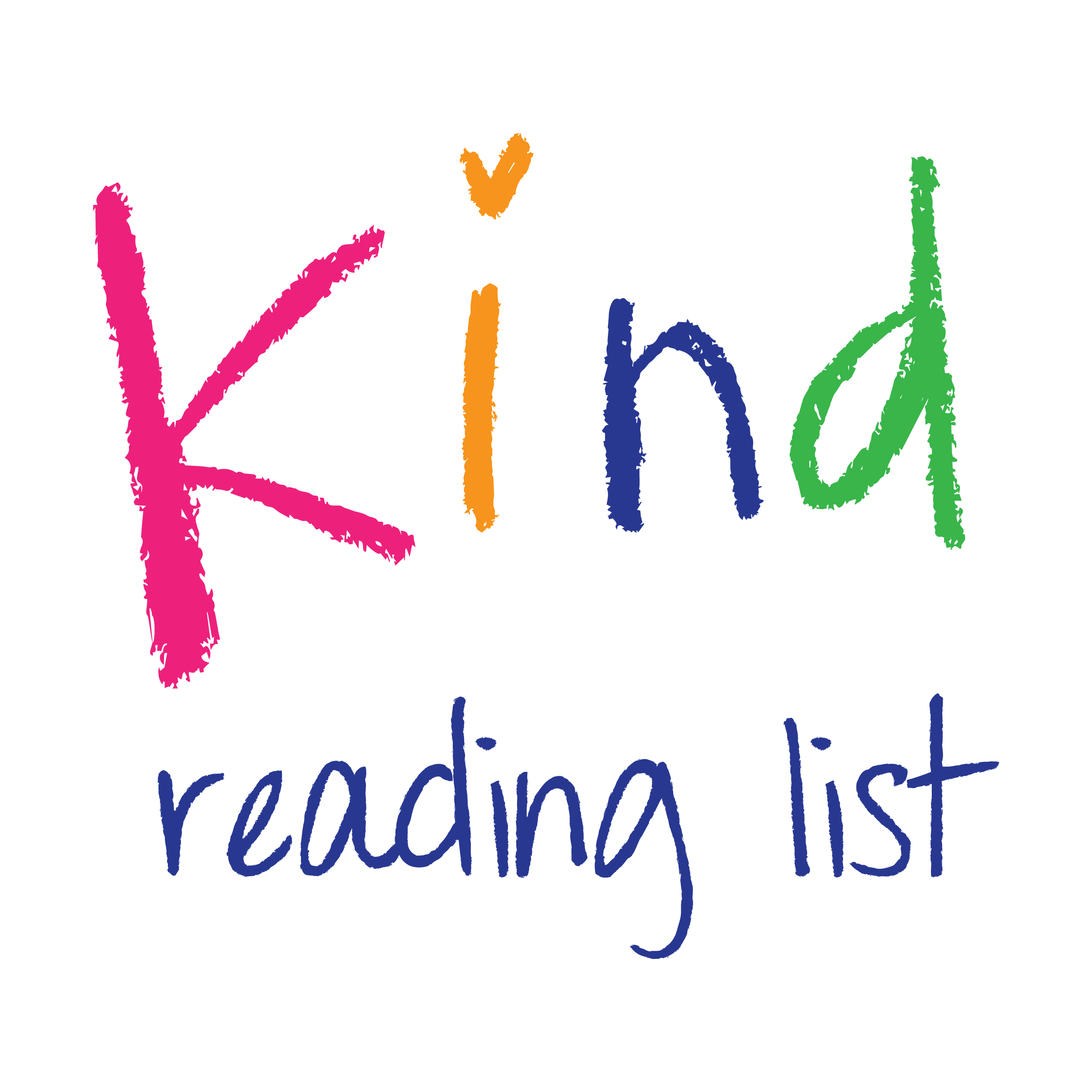Education
Kind·ness:
the quality of being friendly, generous, and considerate.
In·clu·sion:
the action or state of including or of being included within a group.
“Different isn’t weird, sad, bad, or strange. Different is different. And different is GREAT.”
– When Charley Met Emma by Amy Webb
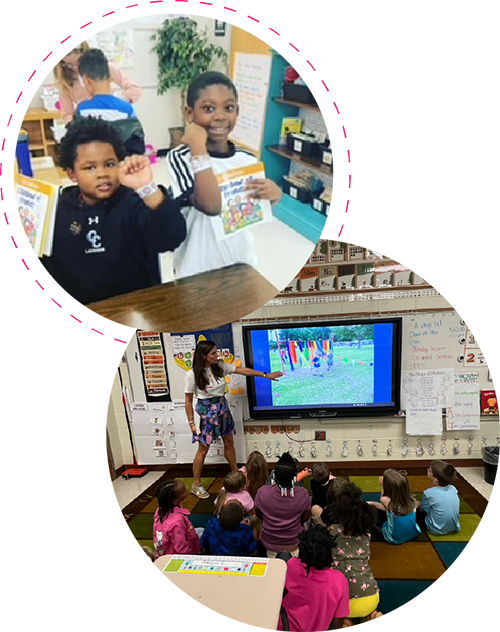
Everyone benefits from kindness and inclusion.
- Teaching kindness and inclusion is one of the ways we can foster a caring community.
- Learning kindness and compassion at a young age can provide lifelong benefits for all children.
- Children who are taught kindness and inclusion in early childhood have tools for healthier relationships and personal success later in life.
Introducing disability to your child
- Disability is not scary
- Disability is not contagious
- Some people are born with disabilities and some people become disabled during their lifetime.
- Not all disabilities are the same.
A visible disability is one you can see by looking at the person – for example, a child in a wheelchair. An invisible disability is one you cannot see by looking at the person – for example, a child with a learning disability.
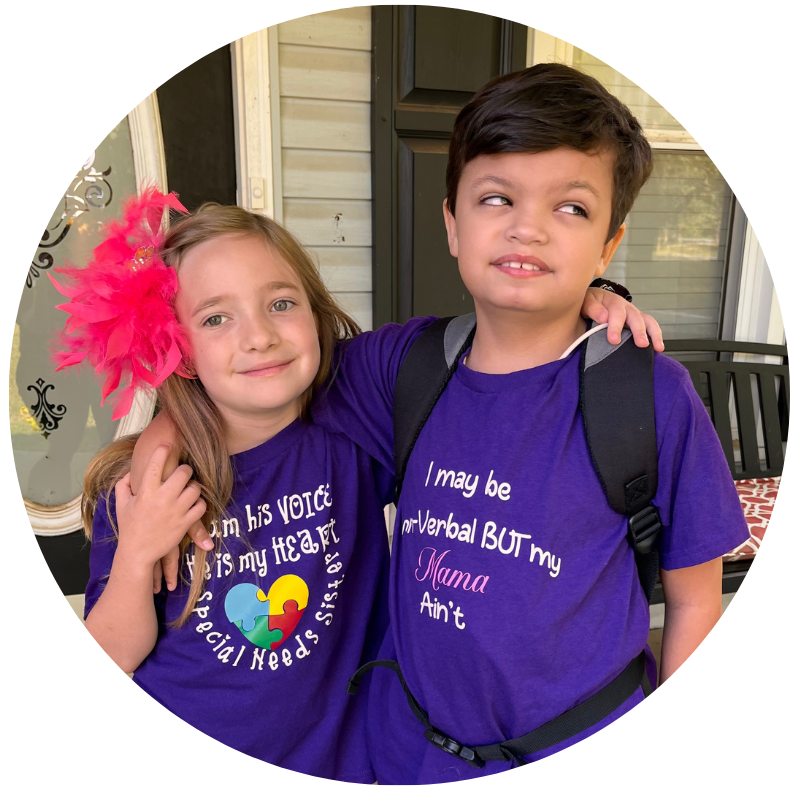
Helpful Tips
It is important to educate your children about differences and to encourage relationships with children of all different abilities.
1. Welcome questions and encourage discussion
Be calm when your child observes differences in public. As parents, we tend to be embarrassed when our child notices someone who might be different. Instead of being embarrassed or encouraging your child to look away, use this time as an opportunity to say hello to a new person. Encourage your child’s curiosity or questions. Kids are curious in the best and most innocent ways.
2. Model kindness and inclusion
As parents, we set an example for children when they observe how we treat and speak about other individuals. Encourage kind words like “different” and “unique.” Avoid words like “strange” or “weird.
3. Teach empathy and intentionality
Find common ground and similarities to show your child we are all more alike than different. Help your children see the similarities by communicating what they have in common with another child. Similarities could include a favorite sport, color, food, activity, game, book, movie, or TV show. This is a great place to start to show how relatable and connected they are instead of different.
4. Notice and celebrate differences
Emphasize that all children have different abilities and that it is important to celebrate what makes every person unique.
Ask your child, “Do you know someone who might be different from you? What makes them special?”
Preferred language, terminology, and phrases
The terminology, phrases and language we use in observing differences is important. We want to educate children and others to use words that are both kind and respectful.
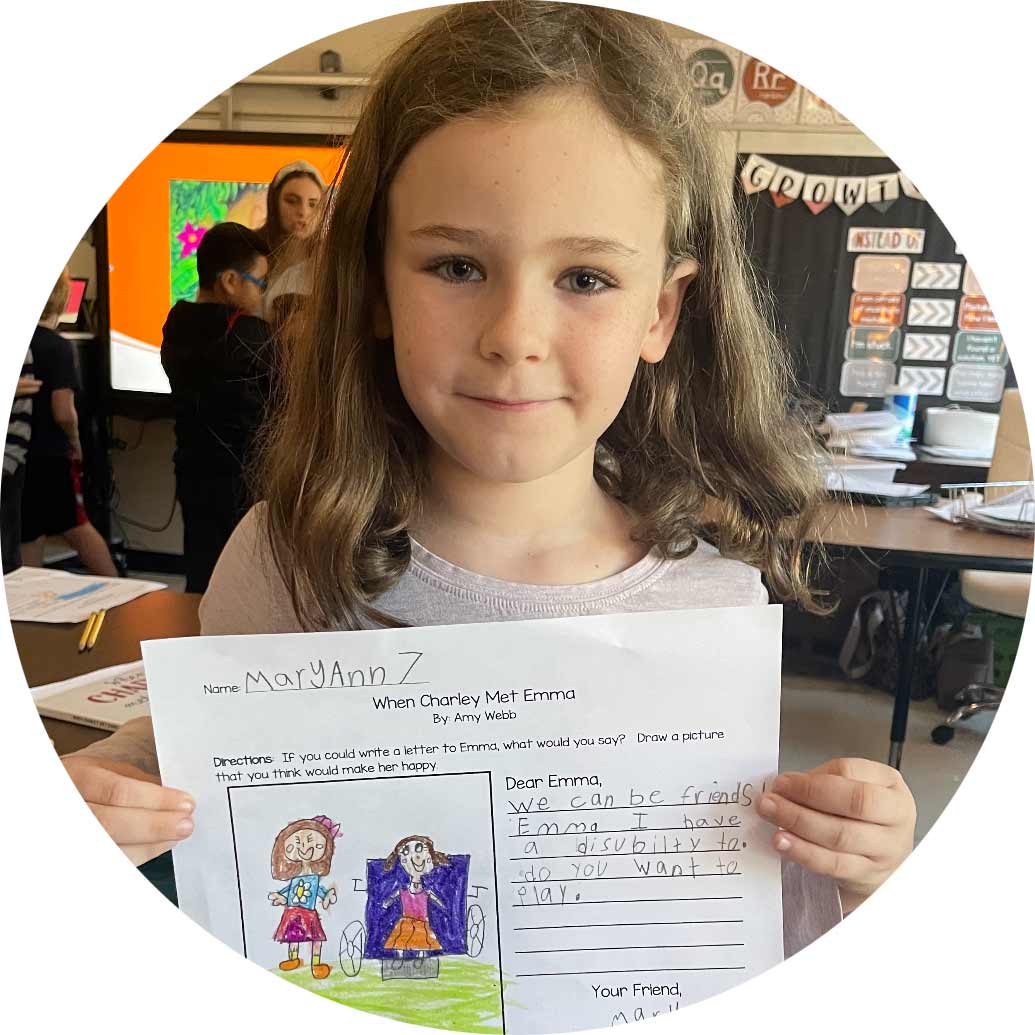

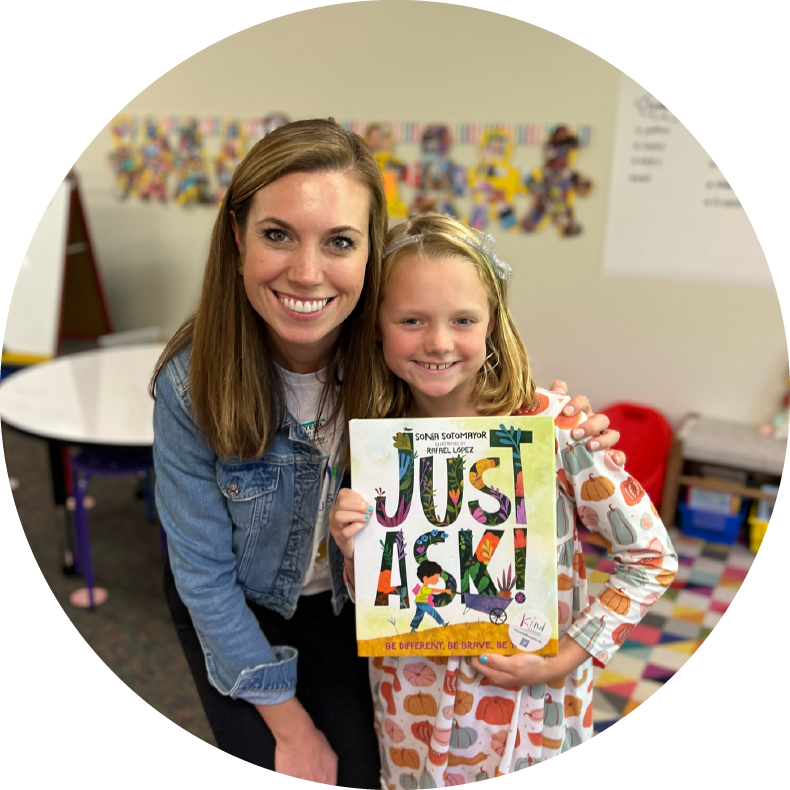
Helpful Resources
The Inclusion Project
- Inclusion matters to everyone and together we can make a difference.
- Inclusive Children’s booklist
- Includes interactive and educational worksheets and coloring pages focused on inclusion
The Lucky Few & Heather Avis
Shouting a counter narrative, celebrating differences, and creating a more inclusive world where everyone belongs.
The Nora Project Website
Promotes disability inclusion by empowering educators and engaging students and communities.
Just Like You Films
Creating a kinder, more compassionate world through the power of storytelling.
Extra Lucky Moms
Cargiving, Advocacy, Community, Inclusion. Their mission is to meet Moms wherever they are along their path. They are here to provide community, support and programs so all Moms can not only SURVIVE but THRIVE.
